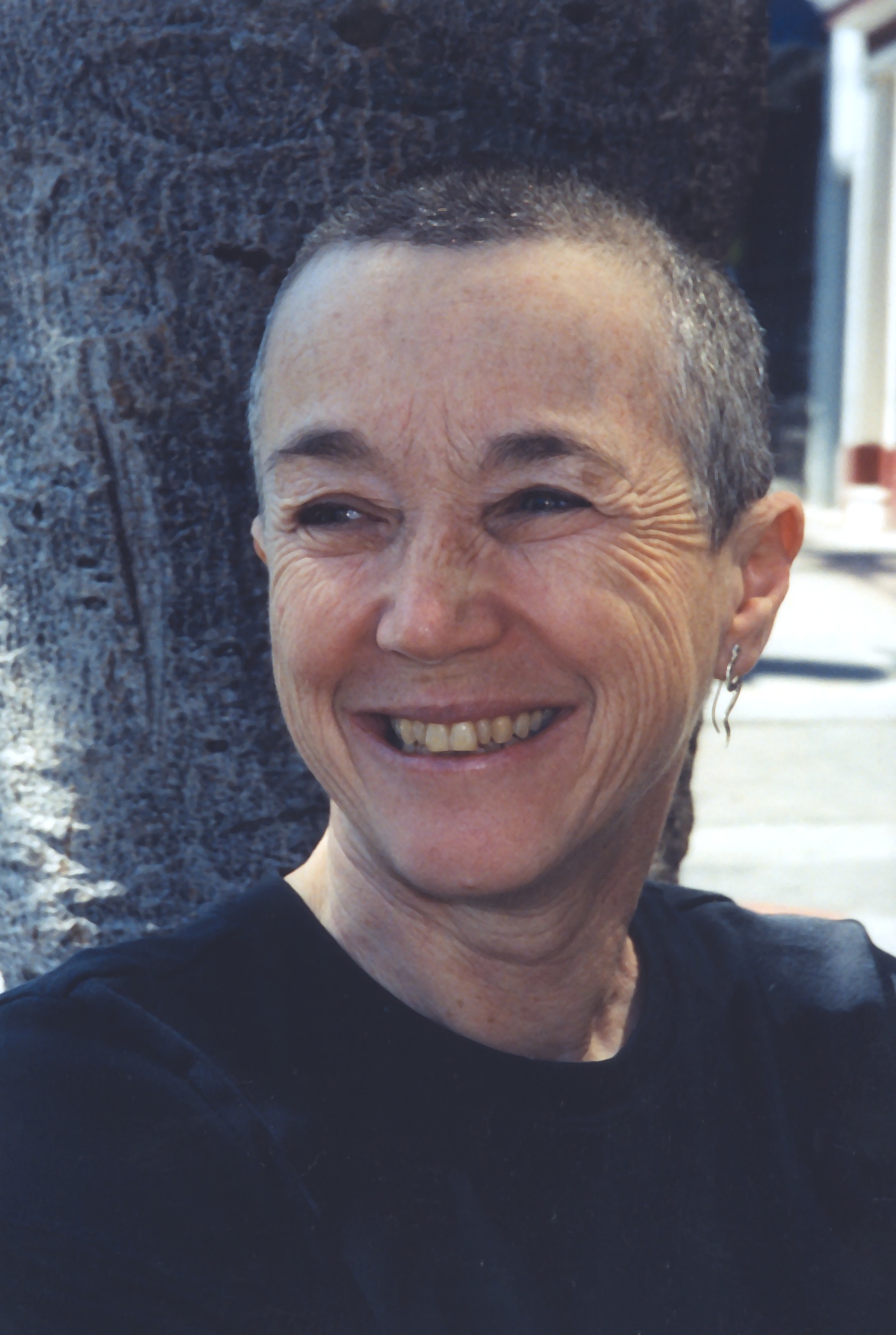- Laurie Toby Edison
Infobox Artist
bgcolour =
name = Laurie Toby Edison

imagesize = 200px
caption =
birthname =
birthdate = birth date|1942|03|05
location =New York City
deathdate =
deathplace =
nationality = American
field =Photography
training =
movement =
works = "Women En Large : Images of Fat Nudes" (1994) "Familiar Men : A Book of Nudes" (2004)Laurie Toby Edison (1942-) is an internationally exhibited portrait photographer. Her three suites of photographs include a series of nudes of fat women, a series of nudes of a very diverse cross-section of men, and a series of clothed portraits of women living in Japan. Edison's work is black-and-white fine art, with an underlying social change message, which she often phrases as "making the invisible visible."
Publications and Exhibitions
In 1994 she published ', a black-and-white fine art photography book. ', also fine art in black-and-white, was published in the fall of 2003. She has recently finished "Women of Japan", a suite of clothed portraits of women in Japan, who are from many cultures and backgrounds.
A retrospective of one hundred of her photographs “Meditations on the Body: Recent Work” was exhibited at the National Museum of Art in
Osaka in 2001. Her photographs have also been exhibited around the world, includingNew York City ,Tokyo ,Kyoto ,Toronto ,Boston ,London , andSan Francisco . An exhibition of the complete Women of Japan project was shown at the Pacifico Convention Center inYokohama in the fall of 2007.A documentary about her work by John Wells is available on YouTube (see link below).
Among the dozens of articles about her work are a feature in "NY Arts/Berliner Kunst" by Lori Don Levan (May- June 2004); "Beautiful Men” (an article in English and Spanish by Laurie Toby Edison and Debbie Notkin, with 14 photographs from "Familiar Men," in "Corpus," Vol 3 No 1, 2005; and an essay on "Women of Japan" with accompanying photographs, in "Kyoto Journal: Perspectives From Asia" (Spring 2006).
About her work
Photographer and commentator
Tee Corinne said in a review in "Afterimage," in 1994 that Edison’s work "is unique in focusing on the nude without eroticizing it." Edison says “Bodies are sensual, and that’s part of my work, but I am engaged with the whole person in his or her space.” (interview with the photographer, 2007).Background
Edison was born in 1942 in New York City, and she grew up in the intensely intellectual post-war world. Her mother was a dress designer and her grandmother made jewelry. Her family intended her for the academic intelligentsia. Edison was brought up in a museum culture where art was a joy, and
Abstract Expressionism was considered the final resolution of Western Art.At that time, the air was filled with photographs and movie and TV images. In her neighborhood, some people had concentration camp numbers tattooed on their arms, and newspapers and magazines had photographs of the piled-up naked bodies of the
Holocaust dead. Women had very few opportunities and choices. As a Jewish girl Edison absorbed all of this.She came to adolescence in the "beat" era, which was her first window out of the narrow box of 1950's society. Edison still remembers reading
Allen Ginsberg 's "Howl " on the subway at 14. The music and the mores of the black jazz scene helped her to open that window further. She decided not to become part of that intelligentsia but to work with her hands.Since Edison was 19 she has made jewelry that is sculpture. The jewelry/sculpture work continues to be an important part of her life. Edison likes to live in places where art and social change intersect – where it is possible to combine them.
Edison became involved in
feminism in her 30s, and since she moved to San Francisco at age 38 it has been central in her life. Edison became active in the fat acceptance/health at any size movement working withDebbie Notkin . The "Women En Large" project--the book, gallery exhibitions around the world, and many speaking engagements that gave her the opportunity to see how her work transformed lives--grew out of this connection.Edison's views on her work
Edison says, "Just as "Women En Large" is my statement on the female nude, at least at this time, "Familiar Men" is my statement on the male nude. The five years I spent photographing men and talking with them have transformed my vision of masculinity in this time and place, as well as how I perceive the body in my work."
"I first saw all my nude photographs, men and women together, in Kyoto in November of 2001. I realized that they are a single body of work imbuing the individual nudes with dignity and presence.
Women of Japan , my first group of clothed portraits, had me grappling with all the issues from the previous two suites, from the position of a foreigner, and included the additional complex issues of Japanese identity."External links
* [http://laurietobyedison.com/ Official Site]
**" [http://laurietobyedison.com/galleryWEL.asp Women En Large: Images of Fat Nudes] "
**" [http://laurietobyedison.com/galleryFM.asp Familiar Men: A Book of Nudes] "
**" [http://laurietobyedison.com/galleryWOJ.asp Women of Japan] "
* [http://www.youtube.com/watch?v=Og9Gzor77dM first of three parts of YouTube documentary]
** [http://www.youtube.com/watch?v=BLZ9t8BNleE second of three parts]
** [http://www.youtube.com/watch?v=P44BL8r6F1c third of three parts]
Wikimedia Foundation. 2010.
